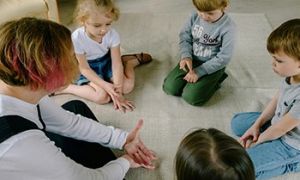Here’s a comprehensive Mobile Phone and Smart Watch Policy tailored for early childhood education and care (ECEC) services in Australia, aligned with the latest 2025 legislative reforms and National Quality Framework (NQF) updates.
Mobile Phone & Smart Watch Policy
Version: 2.0
Effective Date: 1 September 2025
Review Date: Annually or upon legislative change
Applies to: All educators, staff, volunteers, students, contractors, and visitors
Purpose
To safeguard children’s well-being by regulating the use of mobile phones and smart watches in early learning environments. This policy ensures compliance with:
- Education and Care Services National Law & Regulations
- Child Safe Standards (Victoria)
- National Principles for Child Safe Organisations
- Mandatory reporting laws across all states and territories
Legislative & Regulatory Alignment
This policy reflects:
- Mandatory 24-hour reporting of child abuse allegations (2025 reform)
- Digital device protocols under updated NQF Quality Areas 2 (Children’s Health & Safety) and 7 (Governance & Leadership)
- Commonwealth Child Safe Framework and state-specific child protection laws
- Privacy obligations under the Children Legislation Amendment (Information Sharing) Act 2018 (Vic)
Policy Statements
1. Personal Device Restrictions
- Staff must store personal phones and smart watches securely during contact hours.
- Use is permitted only:
- In emergencies
- With prior approval from the Nominated Supervisor
- Devices must be set to silent or do-not-disturb mode during shifts.
2. Smart Watch Protocols
- Smart watches with messaging, camera, or recording functions are treated as mobile phones.
- Staff must disable notifications and refrain from interacting with watches during supervision or direct engagement with children.
3. Photography & Recording
- Personal devices must never be used to photograph, video, or record children.
- All image capture must:
- Be conducted using service-approved devices
- Follow written parental consent protocols
- Comply with secure storage and deletion procedures
- Align with the service’s Digital Safety and Privacy Policy
4. Online Safety & Surveillance
- The service must ensure:
- Safe online environments for children
- No unauthorised recording or surveillance via wearable tech
- Clear signage outlining digital safety expectations for visitors
5. Visitors & External Personnel
- Visitors, contractors, and students must:
- Store personal devices during child-facing activities
- Seek permission before using any device on premises
- Be informed of this policy during induction or sign-in
Staff Responsibilities
- Participate in child safety induction and annual refresher training
- Understand and uphold obligations under:
- Mandatory reporting laws
- Service Code of Conduct
- Child Safe and Wellbeing Policy
- Report breaches or concerns to the Nominated Supervisor or Responsible Person
Breaches & Consequences
- Breaches may result in:
- Verbal or written warnings
- Restricted access to devices
- Formal investigation under the service’s Incident Management Procedure
- Notification to regulatory authorities if child safety is compromised
Supporting Policies & Procedures
- Child Safe and Wellbeing Policy
- Code of Conduct and Ethics
- Incident Management Procedure
- Digital Technology & Online Safety Policy
- Recruitment & Induction Policy
- Privacy & Information Sharing Policy
- Allegations of Reportable Conduct Procedure
Review & Continuous Improvement
- This policy will be reviewed:
- Annually
- Following any legislative updates
- After incidents or breaches
- Feedback from staff, families, and children will inform updates.
Further Reading
Using Personal Devices To Take Photos Of Children
References:
-
Education and Care Services National Law (NSW)
-
Education and Care Services National Regulations, especially Regulation 168(2)(h)
-
NSW Child Safe Standards, including:
-
Standard 1: Culturally safe environments
-
Standard 9: Implementation of child safety policies
-
-
Children and Young Persons (Care and Protection) Act 1998 (NSW)—mandatory reporting obligations
-
NSW Department of Education Mobile Phone Procedures (PD-2023-0480)
-
Regulatory Policy, Practice & Performance Framework—risk-based, user-centred, evidence-driven policy design
-
Australian Government Guide to Policy Impact Analysis


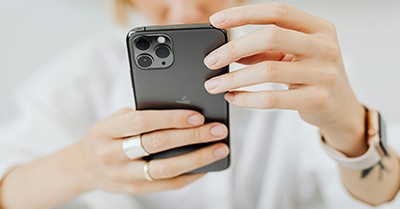




 As an Educator in Australia, your pay rate falls under the Children’s Services Award 2010. This award states the minimum amount that an employer can
As an Educator in Australia, your pay rate falls under the Children’s Services Award 2010. This award states the minimum amount that an employer can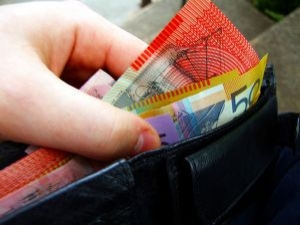 When working as a qualified Early Childhood Teacher (with a university degree) within a service, your rate of pay will come from the Educational Services
When working as a qualified Early Childhood Teacher (with a university degree) within a service, your rate of pay will come from the Educational Services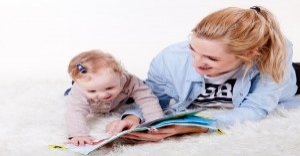 When working as a Diploma Qualified Educator your pay rate is from the Children's Services Award 2010. This Award states your minimum rate of pay
When working as a Diploma Qualified Educator your pay rate is from the Children's Services Award 2010. This Award states your minimum rate of pay When working as a Cert 3 Qualified Educator, your pay rate is from the Children's Services Award 2010. This Award states your minimum rate of
When working as a Cert 3 Qualified Educator, your pay rate is from the Children's Services Award 2010. This Award states your minimum rate of Educational Leaders play a crucial role in their early childhood service by ensuring that the educational program aligns with best practices and supports the holistic
Educational Leaders play a crucial role in their early childhood service by ensuring that the educational program aligns with best practices and supports the holistic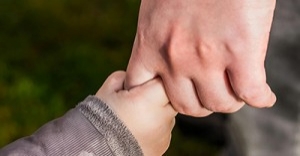 In early childhood education and care, ratios are more than a technicality—they are a frontline safeguard. Every child deserves responsive supervision, emotional connection, and developmental
In early childhood education and care, ratios are more than a technicality—they are a frontline safeguard. Every child deserves responsive supervision, emotional connection, and developmental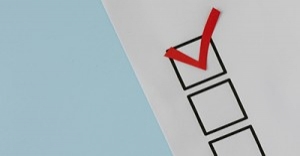 With the new national child safety reforms kicking in on 1 September 2025, early childhood services like yours have a real opportunity to lead the
With the new national child safety reforms kicking in on 1 September 2025, early childhood services like yours have a real opportunity to lead the Here’s a comprehensive Mobile Phone and Smart Watch Policy tailored for early childhood education and care (ECEC) services in Australia, aligned with the latest 2025
Here’s a comprehensive Mobile Phone and Smart Watch Policy tailored for early childhood education and care (ECEC) services in Australia, aligned with the latest 2025 The Sea of Fish Challenge is a national initiative that invites children, educators, families, and communities to create and display fish artworks as a symbol
The Sea of Fish Challenge is a national initiative that invites children, educators, families, and communities to create and display fish artworks as a symbol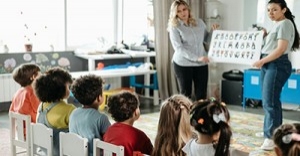 Across the early childhood education and care sector, educators are sounding the alarm: current staffing ratios are insufficient to deliver safe, meaningful, and developmentally appropriate
Across the early childhood education and care sector, educators are sounding the alarm: current staffing ratios are insufficient to deliver safe, meaningful, and developmentally appropriate